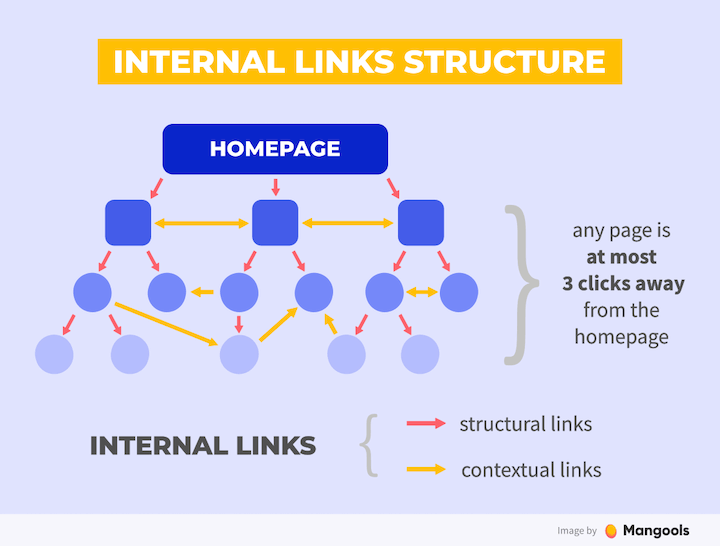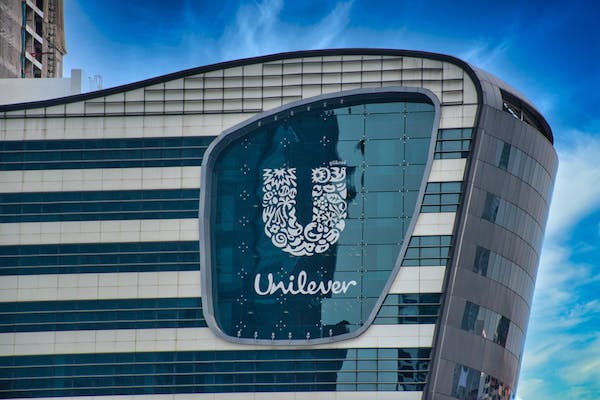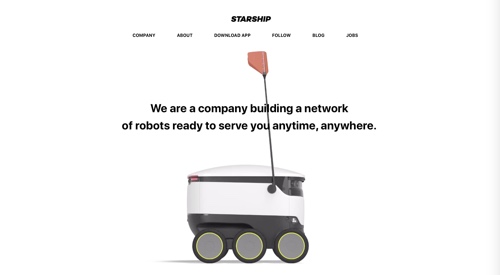
But the distribution of this information isn’t limited to those teams, he says. In fact, all data that isn’t customer sensitive is democratised across the brand, making insights easier to read, understand and apply to various business functions.
“Building that culture is really the seed of it.”
This is not to mention the environmental benefits of the end product itself. Once the subscription boxes are delivered, the carefully measured ingredients provided enable customers to cut down on additional food waste when cooking.
“A data business that loves food”
Wallis says Gousto has had no problem attracting new customers since the pandemic began, with factories “running at 99% capacity”. What is just as important for the brand, however, is retaining them long-term once demand for online grocery subsides.
“In a supermarket, up to 20% of the food is wasted in the supply chain… Because we’re able to predict quite accurately what people are going to buy and do that quite close to the point of ordering, we’re able to limit that. So, less than 1% of food is wasted in the supply chain, as a result of real-time data informing exactly how customers are picking their recipes.”
“Improving NPS, to the highest level possible, is the main metric that we’re using to track overall customer satisfaction and overall business performance, alongside financial measures. And what we’ve found is that is creates a sense of focus and behaviour amongst different teams to focus on the right things that are going to drive the biggest impact.”
“…Using [data] to understand where things are going wrong has been really key for us over the last 6 months – at least as long as we’ve been running at full capacity – because if customers receive terrible service, then they’re not going to stay.”
While the brand welcomed such keen interest during a time when others saw theirs dry up overnight, high demand on such a complex product fulfilment system posed new challenges that only data could help mitigate.
Investing in data talent
“Health is another big trend,” Wallis continues, “We see, over the next ten years, a shift from reactive health… to a preventative health mindset amongst consumers. So, what that means is people will be wanting to more carefully adjust their diets…
“Each one of those [categories] gives us a score about how important it is to customers.”
This surge “created both obligations and opportunities” for Gousto, CMO Tom Wallis explains.
For example, product freshness, missing ingredients, or a lack of variety are some criticisms that could appear in negative reviews from Gousto subscribers.
This, in part, is because Gousto is a relatively young organisation, meaning it has been able to collect information on aspects like recipe popularity, user behaviour and conversion triggers right from the very beginning of its journey to brand superstardom.
Based on these two examples alone, it is clear why Wallis describes Gousto as “a data business that loves food”.
Recommendations and sustainability
Consequently, as the recipe subscription company has grown over the last 9 years, a substantial amount of investment has been applied to talent acquisition – particularly in the fields of measurement and analytics.
“Being able to shop quickly and easily matters more than ever, and for us the use of data allows us to make that much easier for customers.”
With Covid-19 has also come an increased concentration on the health benefits of eating fresh food, and the implications that come from wasting it.
Like many well-known brands in the food delivery and grocery sectors, Gousto was one such business that saw a rapid increase in demand from both new and existing customers when Covid-19 first hit.
Information gathered from these reviews and surveys is then fed into Gousto’s data pool, and analysis shows there is a direct correlation between referral rates and the condition of its NPS score. Currently, over 40% of Gousto’s new subscribers convert because they were referred by an existing one, emphasising how a great experience drives of word of mouth sales for the brand.
At September’s Ecommerce Expo, Gousto CMO Tom Wallis led a session outlining the ways data helped upgrade Gousto to ‘Unicorn’ status in 2020, and how the brand will sustain its growth and appeal post-pandemic.
“For 60 recipes, that’s half a million different combinations of four recipes that any customer can choose. Each recipe has about 14 ingredients in it, we have about 200-300 different ingredients in the factory… and at the end of all that we want to pick exactly the right ones… to match the demand that we’re going to get on a weekly basis.”
Ultimately, he concludes, data allows teams across the business to become inspired, learn more about what makes customers tick and provide innovative new propositions and solutions that will help Gousto reach even loftier heights in the future.
When later asked if it was difficult to ‘sell’ the idea of democratised data to staff, Wallis explained, “Because it was part of the culture from the first day, the types of people we attracted and hired tended to be the kinds of people that appreciated that sort of approach.”
Measuring success
More recently, Gousto has been tackling the issue of rising food prices. By implementing predictive analytics to increase efficiency in the supply chain, it has prevented much of the additional cost being passed on to the consumer.
“The biggest part of the business, by far, is engineering and data science. By the end of next year we’ll have 500 people in that part of the business, up from 4 when I joined a few years ago.” Wallis recalls.
“We felt a huge obligation in those early days to continue to provide food for customers and continue to service everybody as everyone was looking for groceries… After that initial 12 weeks or so of stabilisation and scaling that we experienced, we realised it was also a time for opportunity. How could we use what we had, in terms of the skills, the data and the product, to make a difference to people and the planet?”
Add to that the extra pressure of getting recipe boxes out for delivery within 24 hours to assure quality and freshness, and the process becomes even more complicated. Having an extensive data bank at your disposal allows algorithms to flag any areas of improvement and ensure day-to-day operations run smoothly in warehouse and factory environments.
“We think propositions such as Gousto can use data to help with that… We’ll be able to balance the menu to create an appropriate blend of calorie control, salt, vegetables etc., which is really powerful and really interesting.”
Perhaps the largest contributor to the speedy growth Gousto has been experiencing in recent years is a laser focus on understanding their customers and predicting their behaviour. This has become even more critical over the last 18 months, as habits shifted and new external factors came into play.
“The main way that we do it is by building a better product that meets their needs and personalising it on an individual basis… It builds stickiness in a sense that they feel as though we know them,” he explains.
With so many recipes on offer, it could be quite easy for a Gousto customer to become overwhelmed by too much choice. With informed recommendations, based on just the first few orders that customer makes, the system is able to accurately identify which characteristics most appeal to them, whether that’s a preference for certain regional cuisines or a specific type of protein. Speeding up the decision-making process in this way, Wallis says, enables more seamless and confident conversion: “Over 50% of recipes are chosen from the ones that are recommended by the machine learning logic.”
Beyond challenges with fulfilment, data informs almost every aspect of Gousto’s internal procedures, from how it effectively communicates with its audience to decision-making about the company’s future.






